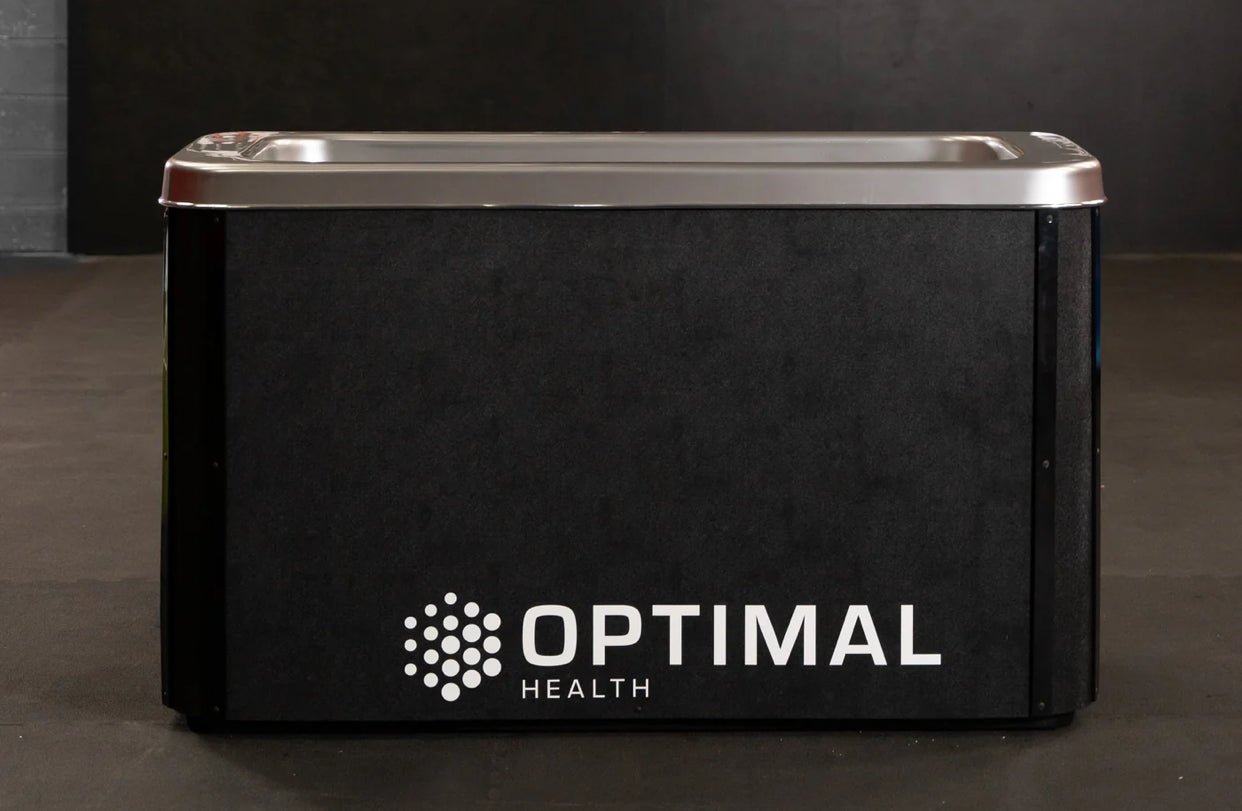Short Answer: Nothing beats a Cold Plunge for that icy shock—but combining it with heat can be even better! Discover how Contrast Therapy, Heat Therapy, and smart recovery options can level up your game. Keep reading to find your perfect chill-and-heat combo!

I. Cold Plunge vs. Ice Bath: Understanding the Nuances of Cold Immersion
Cold Plunges and Ice Bath Tubs both use cold water for recovery.
But they differ in design and how you use them.
A Cold Plunge Tub often has built-in temperature control.
This keeps the water cool and steady without effort.
An Ice Bath is simpler, usually a normal bath filled with ice.
1.1 Temperature and Duration Differences: Which Is More Intense?
Cold Plunge Tubs tend to stay around 10–15°C (50–59°F).
This allows longer, more comfortable soaks.
Ice Baths are often colder, ranging from 5–10°C (41–50°F).
These sessions are usually shorter due to the extra chill.
The sharper cold is helpful for rapid inflammation control.
1.2 Tailoring Your Choice: Benefits for Specific Recovery Goals
Ice Baths may suit athletes needing quick muscle relief.
They help reduce soreness after tough training sessions.
Cold Plunges are ideal for general wellness and stress relief.
They support circulation, mental clarity and relaxation.
You can pick based on whether you want quick recovery or daily balance.
1.3 Practicality and Accessibility: DIY vs. Dedicated Setups
An Ice Bath is simple to set up at home using a basic tub and ice.
Cold Plunge Tubs cost more but keep water at a steady temperature.
They often include filtration, making hygiene easier.
DIY baths need constant refills and monitoring.
A dedicated plunge is hassle-free for regular sessions.
II. Heat vs. Cold: The Power of Saunas as a Complement or Alternative
Saunas bring heat therapy into the recovery mix.
They deliver benefits that differ from cold immersion.
Combining heat and cold can create a more complete experience.
This approach is called contrast therapy and is used widely in sports recovery.
2.1 Physiological Responses: Vasodilation vs. Vasoconstriction
Heat from saunas causes vasodilation.
Your blood vessels expand and circulation increases.
Cold plunges cause vasoconstriction, tightening vessels and reducing swelling.
This contrast can help flush waste products and improve recovery.
2.2 Unique Benefits of Heat Therapy: Muscle Relaxation, Circulation, and Hormonal Effects
Saunas promote deep muscle relaxation and better blood flow.
They also trigger the release of heat shock proteins.
Some studies link heat exposure to higher growth hormone levels.
This can help muscle repair and recovery.
Saunas are also calming, which supports mental health.
2.3 Strategic Timing: When to Choose Heat, When to Choose Cold, and the Value of Contrast Therapy
Use saunas in the evening for relaxation and better sleep.
Cold plunges are great in the morning to boost energy and focus.
Contrast therapy combines both methods in one routine.
This can enhance circulation and speed up recovery.
Try both to see which suits your goals.
III. The Extreme Cold: Cryotherapy as a High-Intensity Option
Cryotherapy is an even colder form of therapy.
Instead of water, it uses chilled air.
It’s quick, powerful and very intense.
3.1 How Cryotherapy Works: Air Exposure vs. Water Immersion
Cryotherapy chambers expose you to air at –110°C or colder.
Sessions last only 2–3 minutes.
Unlike water immersion, there is no wetness or clean-up.
It’s done in special facilities with trained staff.
3.2 Key Differences in Temperature and Session Length
Cryotherapy is much colder than an Ice Bath or Cold Plunge.
The exposure is very short due to safety limits.
The cold air chills the skin fast, creating strong responses in the body.
3.3 Benefits, Risks, and Accessibility: Is Whole Body Cryotherapy Right for You?
Benefits include pain relief, reduced inflammation, and mood boosts.
However, there are risks like frostbite or breathing issues.
Cryotherapy isn’t as widely available and costs more per session.
Always consult a health professional if you have medical conditions.
IV. Beyond Immersion: Other Recovery and Wellness Practices to Consider
Cold therapy is just one tool in recovery.
Pair it with other healthy habits for the best results:
-
Active Recovery & Stretching: Keeps muscles flexible and strong.
-
Nutrition & Hydration: Fuels healing and reduces soreness.
-
Sleep Optimisation: Essential for repair and energy.
-
Mindfulness & Stress Reduction: Supports mental recovery and focus.
Takeaways:
Cold Plunges, Ice Baths and Cryotherapy each have unique strengths. Combining heat and cold can make recovery more effective. Think about your goals, budget and preferences before you dive in






